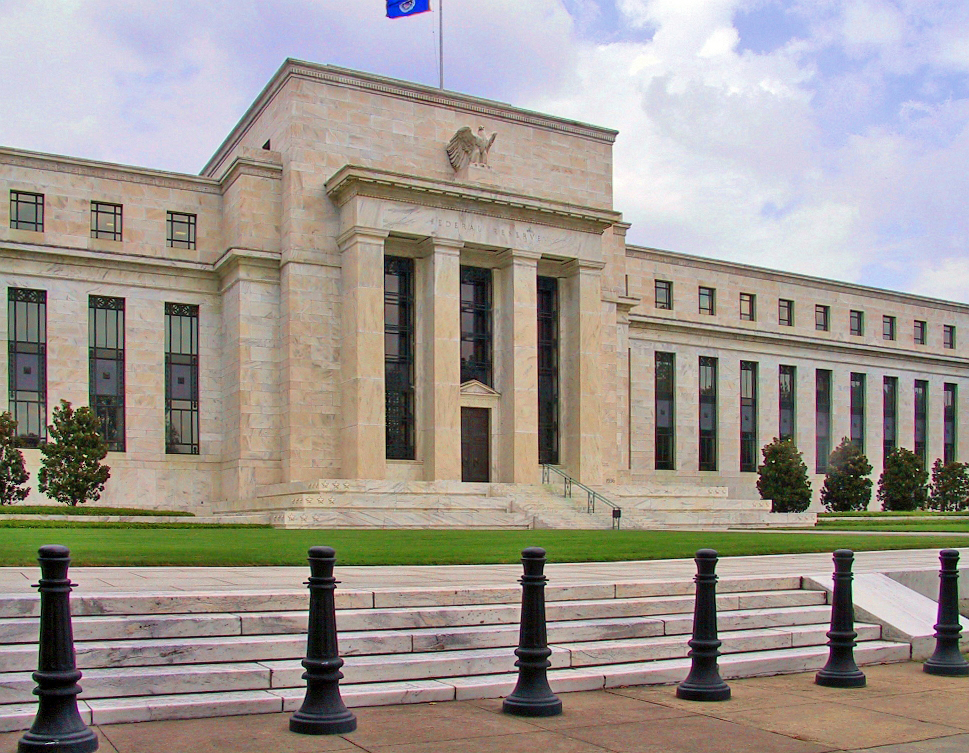The Federal Reserve cut its benchmark interest rate by a quarter percentage point on Wednesday, marking its first reduction of 2025 and projecting two more cuts for the rest of the year, reports Yahoo Finance.
The move lowered the target range to 4.00 to 4.25 percent, breaking a months-long hold despite political pressure from the White House.
The decision, taken in a split vote, was the first easing since December 2024. Fed Chair Jerome Powell defended the timing, saying the central bank had waited to assess the impact of tariffs on the economy. “I think we were right to wait until now to make the first cut of 2025,” he said at a press conference. He also pushed back against claims the Fed was slow to act, adding that there had been no broad support for a larger cut.
The dissent came from newly appointed Fed governor Stephen Miran, a former Trump White House adviser who was confirmed earlier this week. Miran argued for a half-point reduction, but Powell maintained that most officials favoured a more cautious approach. He stressed that the Fed remained “strongly committed to maintaining our independence,” sidestepping questions about whether Miran’s appointment reflected growing political influence.
According to the Fed’s updated “dot plot,” which maps individual policymakers’ expectations, officials now anticipate two further cuts this year. Nine of them foresee three reductions in total, six project just one, while one predicts no cuts and another expects as many as six. For 2026, the median outlook is for one additional cut.
The latest statement reflected a shifting view of the labour market. Officials noted that “job gains have slowed” and unemployment has edged up to 4.3 percent, though still considered low. The description of conditions as “solid” was dropped, underscoring weaker hiring trends. Recent figures show the economy added only 22,000 jobs in August, while June’s data was revised into negative territory.
Despite softer job growth, inflation remains well above the Fed’s 2 percent target. Core consumer prices rose 3.1 percent in August, unchanged from July. The Fed’s forecast left inflation at 3.1 percent for the year, while economic growth was revised up slightly to 1.6 percent. Unemployment is expected to rise further to 4.5 percent.
The Fed’s move followed months of pressure from President Trump, who accused Powell of being “too late” to ease policy. At the same time, Trump has sought to reshape the central bank, attempting to remove governor Lisa Cook, a move blocked by the courts. Powell declined to comment on the case, saying only that the institution would “keep doing our jobs” regardless of political disputes.
With growth slowing, inflation still elevated, and political scrutiny intensifying, Powell acknowledged the difficulty of balancing the Fed’s dual mandate. “There is no risk-free path,” he said. “It is quite a difficult situation for policymakers.”


